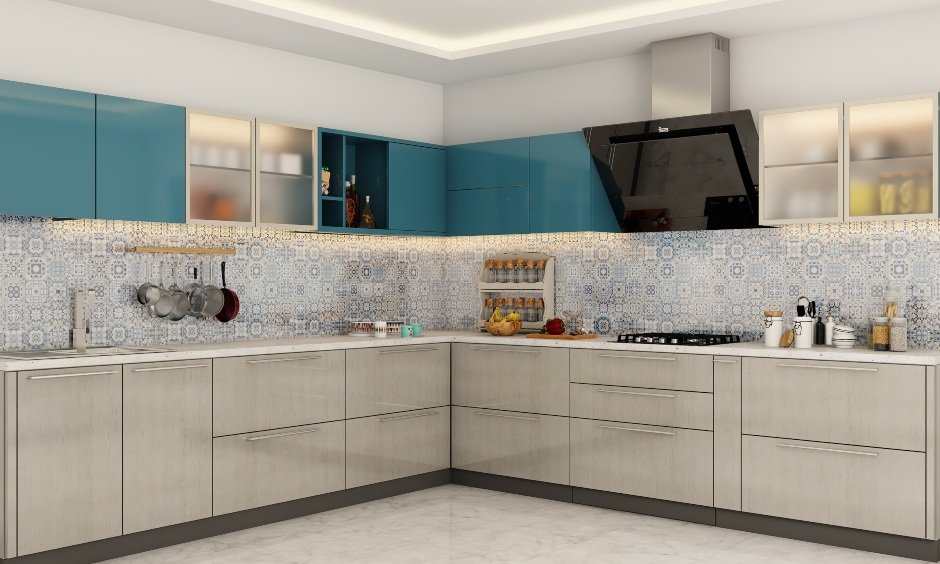Fancying remodelling your kitchen? Or are you making your home from scratch? Check out our ultimate guide to the types of modular kitchen materials.
The pandemic pulled us out of our offices and brought us to the kitchen table. Nevermore have we spent as much time in this often-ignored space of the home as we did in the last two years. From shunted to the most obscure corner of the home, the kitchen takes center stage in our post-pandemic lives.
Nothing spells practicality, functionality and efficiency like modular kitchens. They provide more storage areas, better aesthetics and easier maintenance. So, we bring you the most comprehensive guide on the types of materials used in modular kitchens. Read more and choose what works best for you.
Wood As A Type Of Modular Kitchen Material
Wood is an expensive material to work with, but it makes up for the expenses by being durable and resistant to wear and tear. Using wood as a type of material in a modular kitchen skyrockets its aesthetic appeal. If maintained well, it can last decades. The drawbacks are that wood is expensive and often has inconsistent grains.
Tip: Keep more affordable options for inside fittings and choose wood for the exteriors.
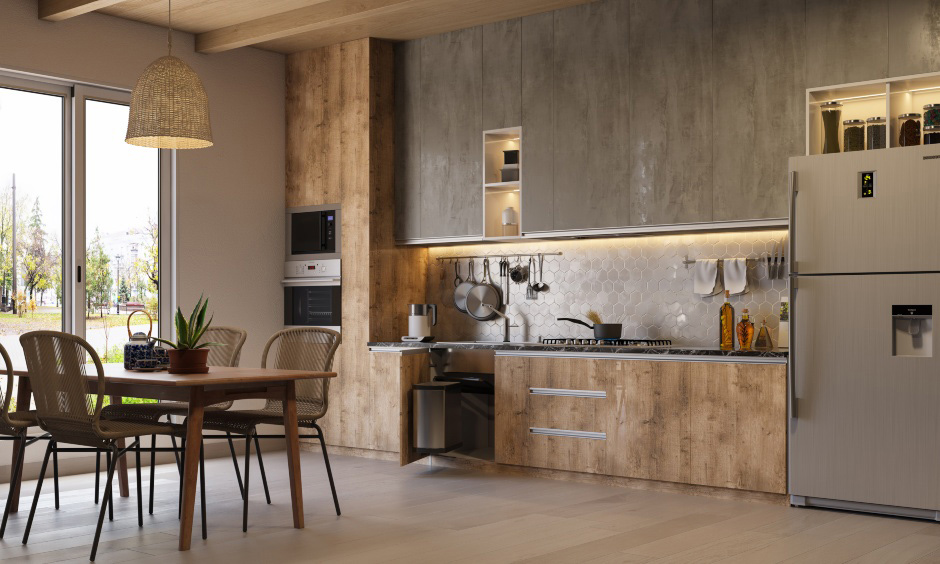
Plywood As A Type Of Modular Kitchen Material
Plywood is the most popular choice among the various types of kitchen materials. It is durable and tough. It responds better to heat and moisture — which are both rampant in the kitchen. Plywood is easily laminated because of its smooth texture and surface. Plus, it has various colour options to suit your needs.
Tip: Choose Boiling Water Resistant (BWR) over commercial plywood as it is resistant to moisture, fungi and heat damage.
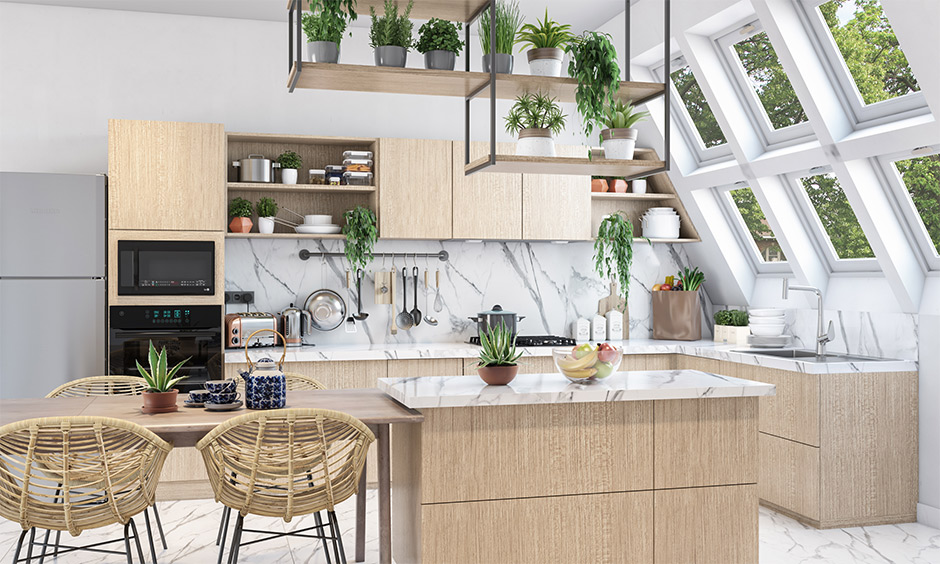
MDF As A Type Of Modular Kitchen Material
MDF is another popular type of modular kitchen material. It is a synthetic material which is more popular for kitchen and bathroom cabinetry. Since it is made with recycled wood, it is a sustainable option. Veneers can easily be glued to MDF, which doesn’t expand or contract with temperature changes. MDF is mostly resistant to termites too. However, it is high maintenance and tends to crack on increased exposure to moisture.
Tip: On a budget? Choose MDF for cabinets and BWR plywood for areas exposed to water like the utensil rack and the sink.
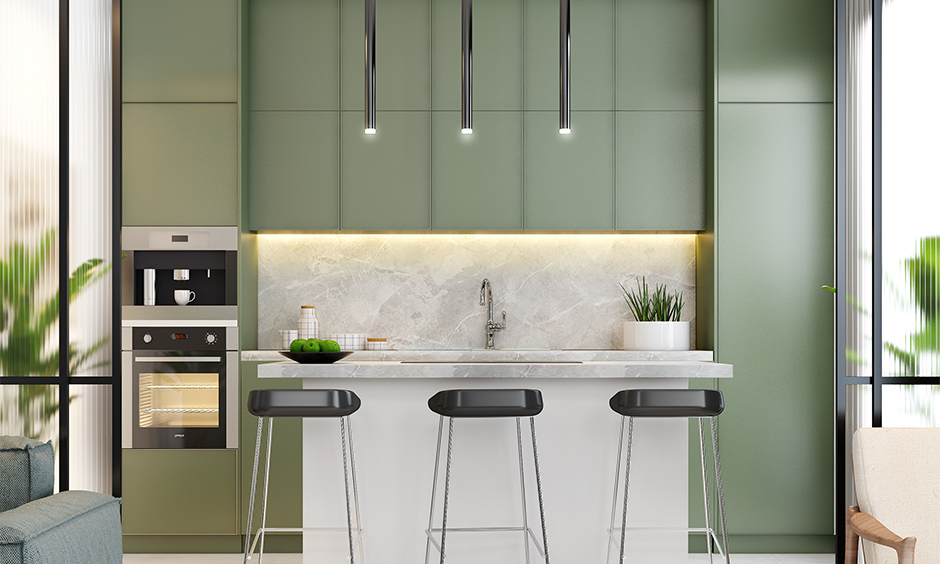
Particle Board As A Type Of Modular Kitchen Material
Particle board is used as a material for modular kitchens when the kitchen work is expected to be nominal. It is the most inexpensive material as it is made of sawdust and discarded wood stuck together with glue at high temperatures. It is light so it cannot withstand heavy kitchenware. It is an eco-friendly option but go for it only if light cooking is involved.
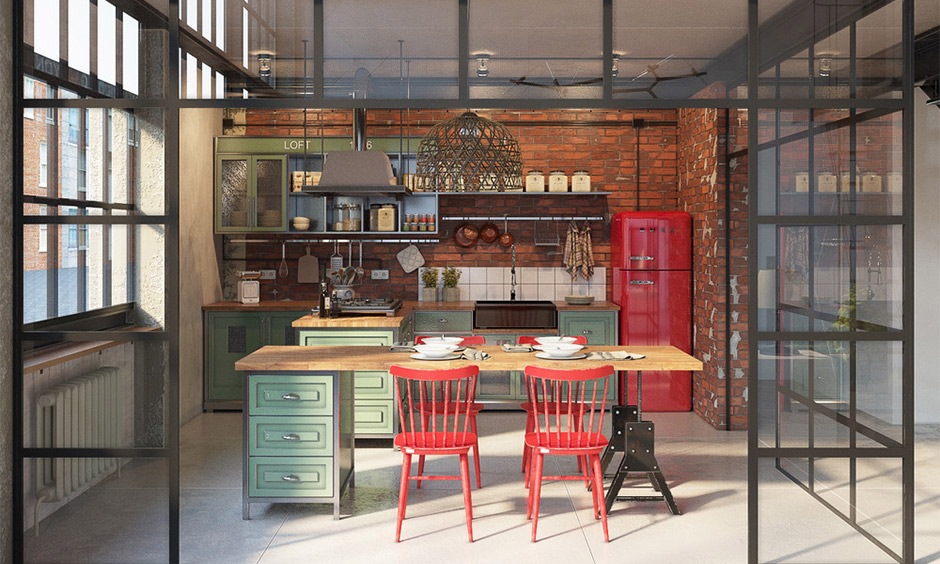
Stainless Steel As A Type of Modular Kitchen Material
Steel makes for a great choice not just in commercial kitchens but for home modular kitchens too. They are super durable, low-maintenance and look sleek. The demand for stainless steel kitchens has increased post-pandemic and will stay in vogue for time to come. With the latest design trends hitting the market, they don’t stick to just the boring shiny silver anymore. Black stainless steel kitchens are a new rage.
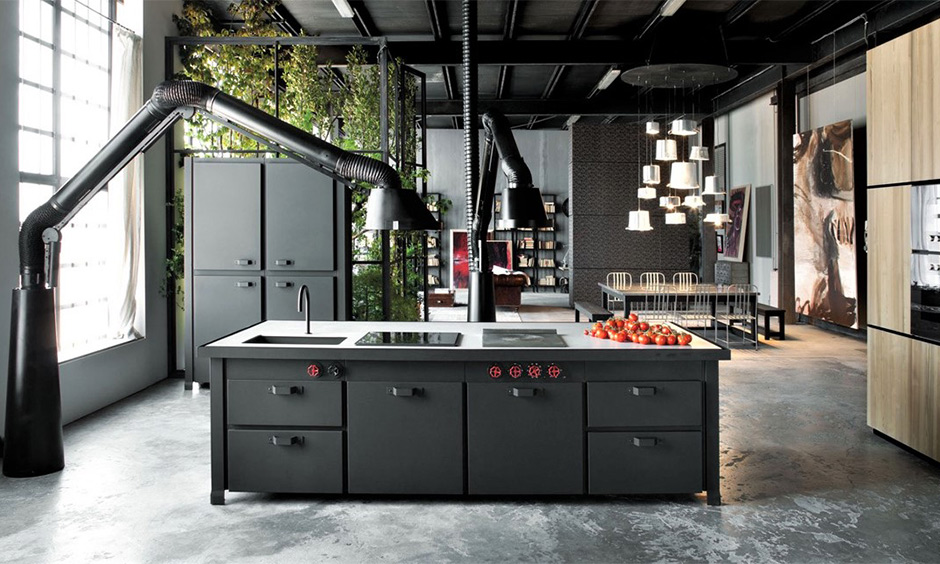
A Word On The Various Finishes Used In Modular Kitchens
Kitchen finishes transform a drab kitchen into an extension of your personal style. These are the three kinds that rule the roost:
Laminates
The laminate finish is durable, cost-effective and available in a glossy and matte finish. They can endure differences in temperature and moisture quite well. It is long-lasting and doesn’t chip off easily.
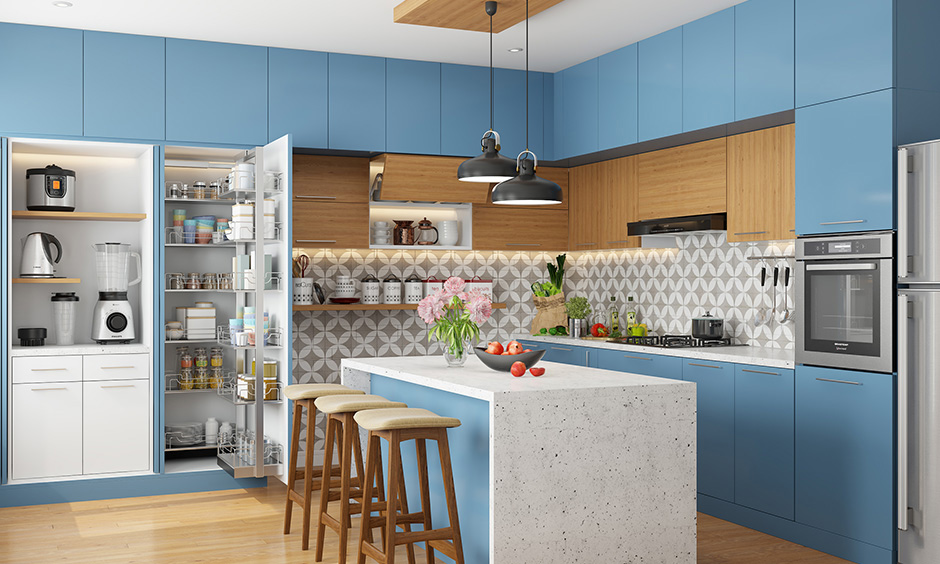
Premium Modular Kitchen Designs
Acrylic
Here’s the good news — acrylic finishes can last decades. The bad news is that they are slightly more expensive than laminate finishes. From basic to more costly options, acrylic finishes are glossy, ensuring that your kitchen looks sparkly all the time.
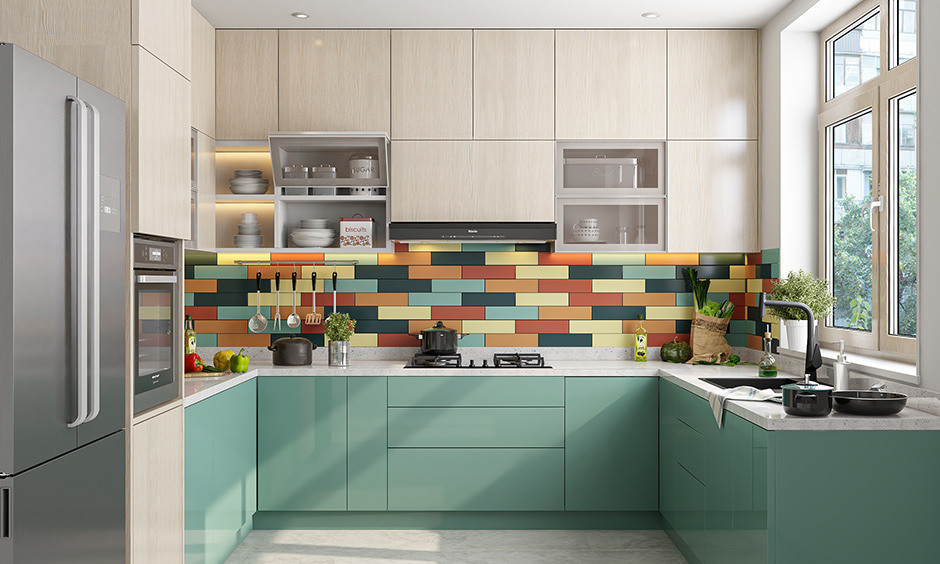
Lacquer
Lacquer finishes are the most popular choice for modular kitchens in homes. They are stain-resistant and can be cleaned easily. The colour stays solid and the particular lustre characteristic of lacquer does not dim.
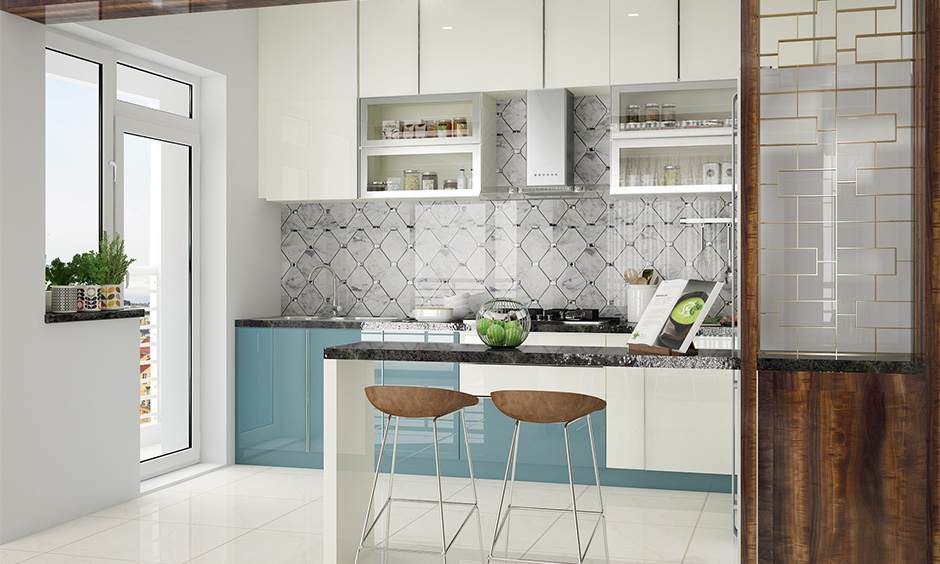
With the correct type of kitchen material, conducive finish and appliances that complement the kitchen and its requirements, a kitchen can become a place of luxury. This is achievable within a budget, provided the interior designers and homeowners make the right choices. You don’t have to shell out your savings for that uber-chic modular kitchen.
Explore, More About
 Select Category
Select Category 




